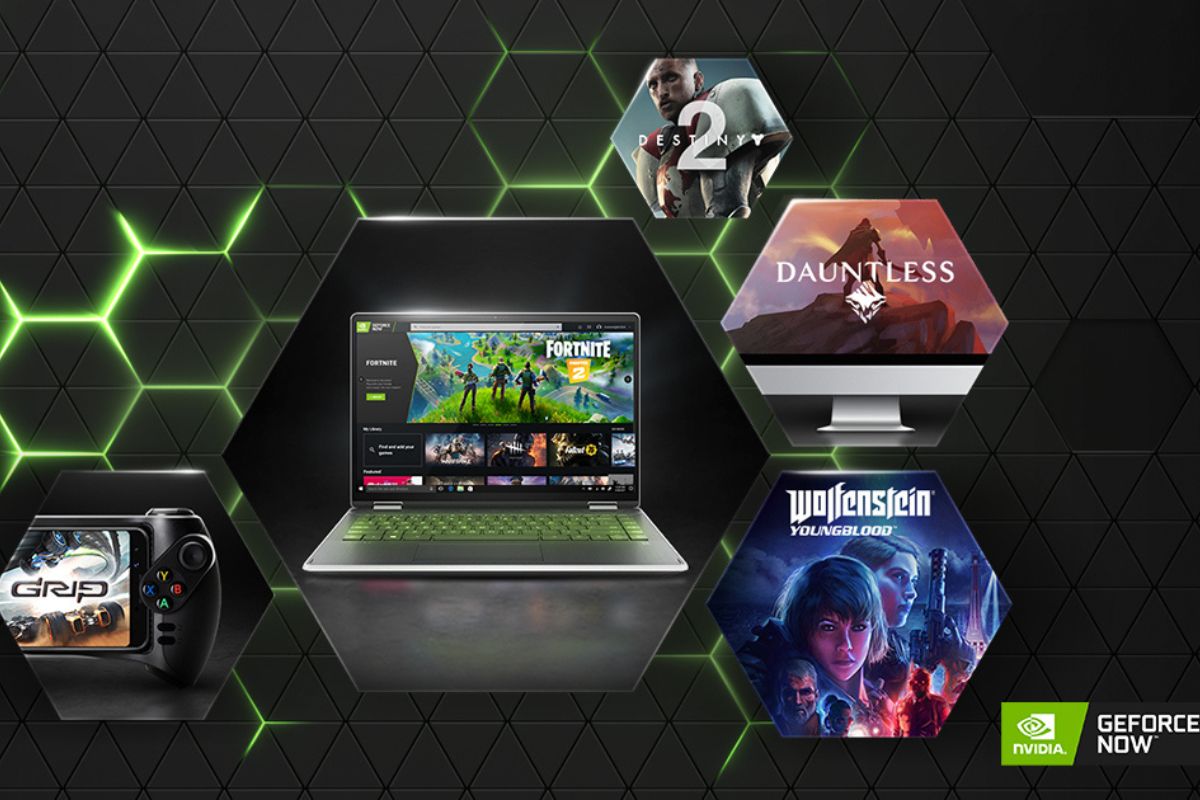In collaboration with Rain, Nvidia has debuted its GeForce Now cloud gaming platform in South Africa, fulfilling its own self-imposed 2023 launch date. It comes after a protracted beta-testing phase.
At launch, Rain and Nvidia are providing two options:
Priority is a premium cloud-based gaming rig with up to 1080p quality and three-hour gaming sessions. It costs R200 per month (with a 20% discount for Rain’s RainOne tariff plan users).
Ultra offers resolutions up to 4K and eight hours of gaming at a monthly cost of R400 (again, RainOne users receive a 20% discount).
Rain-run data centres host the Nvidia GeForce Now service, which even allows Mac users to play top-tier games made for Windows.
“GeForce Now Powered by Rain seamlessly streams PC games from the world’s most powerful GeForce-powered servers in the cloud,” Rain said.
“Members can stream titles they already own from popular digital gaming stores including Steam, Xbox, Epic Games Store, Ubisoft and GoG.com.”
Read also: Zain KSA Announces GeForce NOW Cloud Game, in Partnership with NVIDIA
Other interventions of Nvidia
A Cape Town Vodacom pilot uses a virtual twin of the Mother City to determine the best tower equipment configurations instantly.
The mobile operator and the US chip giant Nvidia have teamed up to develop a virtual network management platform driven by AI. The system has created a “digital twin” of Cape Town that includes all of Vodacom’s infrastructure. It uses calculations performed in the virtual environment to determine how best to maximise network performance in the actual world.
Ryan van den Bergh, managing executive for Vodacom Group’s group technology strategy, architecture, spectrum, and assurance, explained: “People have a variety of devices, ranging from 2G feature phones to 3G and 4G smartphones, as well as high-end 5G phones. The network caters to each type of device using different components and in different ways.”
“When you are driving, for example, the tower you are connected to can see that your device will soon be out of range and must perform a handover to the next tower without any visible disruption in connectivity. Antennae on the towers need to face the direction that optimises coverage for the devices currently connected to the network based on where they are located, but people are constantly moving around – it gets very complicated very quickly,” he said.
Microsoft unveils Surface laptops, Windows 11 AI-powered CoPilot
The scale operators have to deal with intensifying the complexity Van den Bergh describes. Vodacom serves 196 million people around the continent, including 47.3 million in South Africa. Fortunately, there are certain lessons that apply to other industries as well because this kind of complexity affects businesses outside of the telecom sector.
The concept of merging virtualised environments and real-time data has also been applied by traffic management systems for road vehicles and trains to help in decision making.
















